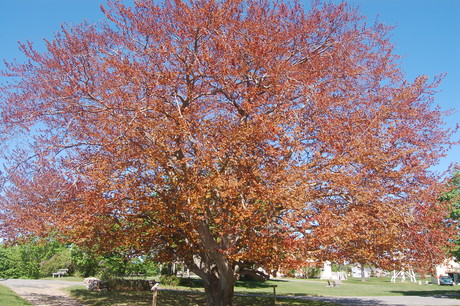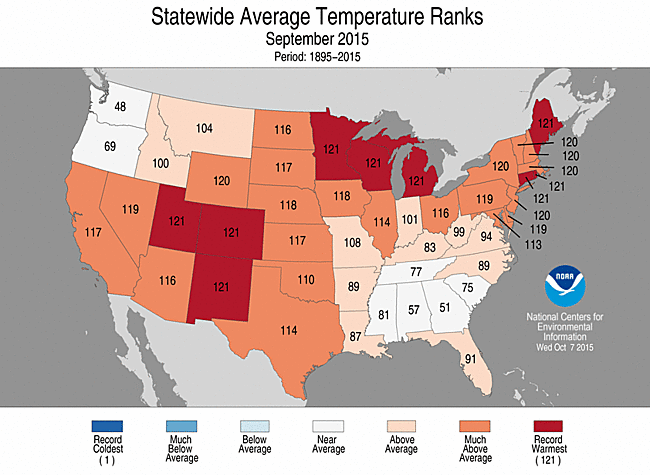The Wrack
The Wrack is the Wells Reserve blog, our collective logbook on the web.
The Wrack is the Wells Reserve blog, our collective logbook on the web.

The following was published in the Biddeford-Saco Journal Tribune Sunday edition, 10/18/2015.
Welcome to Southern Maine and “peak foliage.” Those blazing reds and oranges along the Turnpike and our back roads are a sight to behold. Of course, I’m talking about brake lights.
Yes, the cars returned this past week for their last hurrah. The leaf peepers are peaking, looking for the peak. It’s easy to see why everyone wants to come take a peek at our peak. The maples, birches, and sumacs are alight. Nature is singing her annual swan song, unable to escape the dying of the light and the [somewhat] colder nights.
Reports say that peak foliage was two weeks late this year. It was late last year too. Is peak moving permanently into mid-October in Southern Maine? Does that mean summer extends through the end of September? Does Maine now have a legitimate third month of peak season? Innkeepers, restaurateurs, and toll collectors aren’t complaining.
Everything is relative, of course. Isn’t there always a higher high, given a long enough stretch of time? Doesn’t it depend on where you start counting? How long a period should one survey to find a peak?
For instance: last month, it was the hottest September in Maine in 121 years of record keeping. Since 1895, the month’s average temperature hasn’t been higher than it just was. Congratulations, we peaked. With a 48-state average that came in 3.7°F above the 20th-century average, last month was the second-warmest September for the entire contiguous U.S. in 121 years, topped only by the peak in September 1998.
Worldwide, 1998 was a peculiar year. It was an El Nino year, like this one is shaping up to be. It was definitely a hot one, now tied with 2005 and 2010 as the 2nd hottest year on record since 1880, only surpassed by 2014. But 1998 is more significant because, as a previous peak, it’s been used as a false baseline by many disingenuous commentators – I mean, entertainers – who claim that “global warming stopped 18 years ago.”
A false baseline is created by cherry-picking a peak in some data and making comparisons against that high point. It’s like picking the tallest kid in the class and saying, “look, no one is taller – it’s a class of shorties.” It’s like saying that Everest and the next two highest mountains on Earth are average; every other peak is below average. It’s like stretching a tightrope between the Twin Towers and saying you’re just going out for a walk in New York City, as if the surrounding buildings weren’t hundreds of feet below.
It’s best to scrutinize those who speak too confidently of peaks. We always seem to be about to hit peak oil, according to the experts. Donald Trump has probably peaked, the pundits have been saying since June. Planting a flag on a peak, without a look around, is silly. A look at the entire set of available data is what can make a trend clear to even the naked-est eye. We live in a time of peaks. Or perhaps we’ve ascended to a new plateau.
We recently held a benefit concert in the barn at the Wells Reserve that celebrated the fall season with works by composers at the peak of their powers. The DaPonte String Quartet’s “leaf peeper” program of Erwin Schulhoff, Mozart, and Mendelssohn featured beautiful pieces written before any of the maestros had turned 30. But I think we only deem these their peaks because none of them lived past 50.
The Wells Reserve is turning 30 years old next year. Have we peaked? I hardly think so. We’re in the prime of life. It may sound foolish to say this in fall, in Maine, but I think the best is yet to come. Fall may be peaking, and winter is coming, but spring and the ever-lengthening summer are just around the corner. Our quartet of seasons plays on each year here in Southern Maine, always at peak performance.

Figure 2. State-by-state ranking of average temperatures observed in September for the contiguous United States. Image credit: NOAA National Centers for Environmental Information.